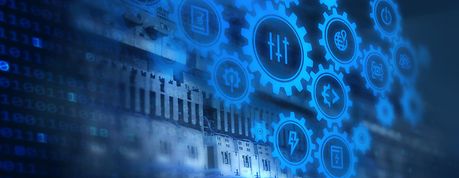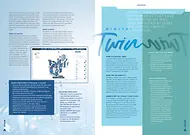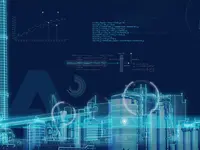WHAT IS A DIGITAL TWIN?
A precise digital replica of something in the real world – a process, machine, factory or even an entire city. Internet of Things (IoT) sensors gather data from the physical world and send it to computers to reconstruct. The digital twin is continuously updated to mirror the state of its physical counterpart.
WHAT ARE THE BENEFITS?
Creating a digital twin gives a deeper understanding of real-time processes. It offers valuable insights into how to improve efficiency and product quality or reduce maintenance and waste. Digital twins also enable virtual support, without an engineer having to be on site. Experiments can be carried out with much less risk and a lot more return on investment.








